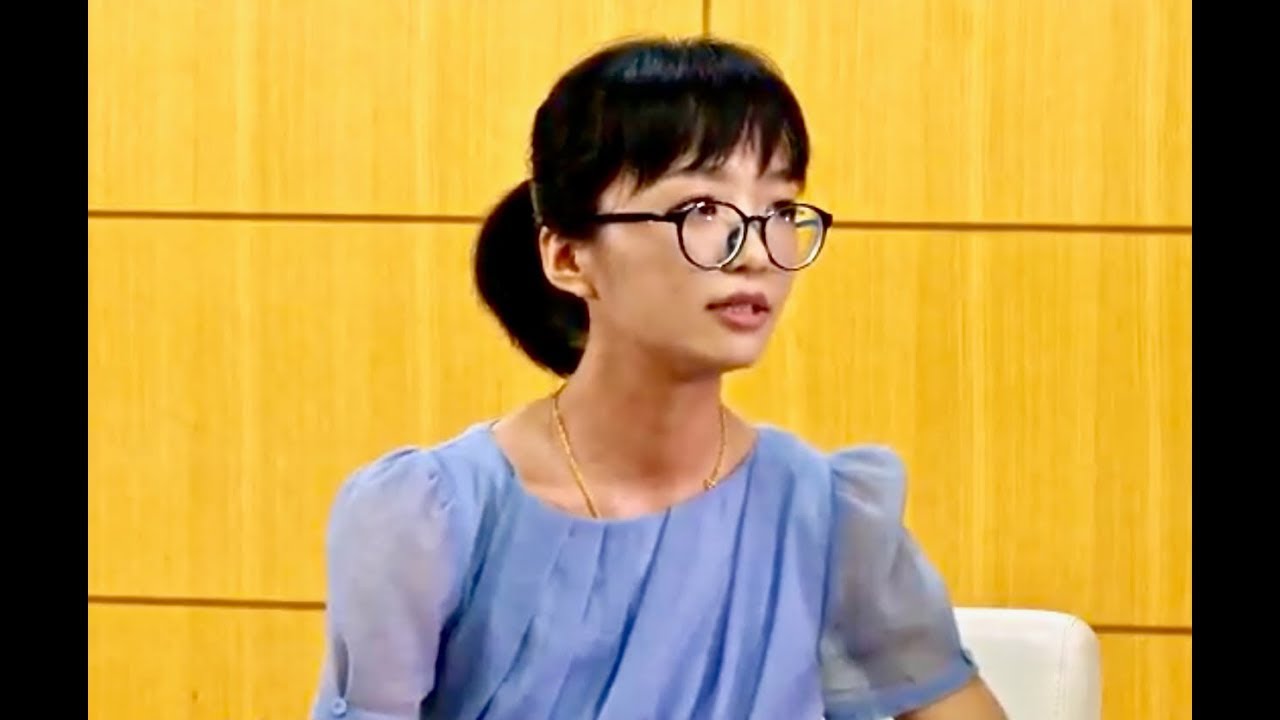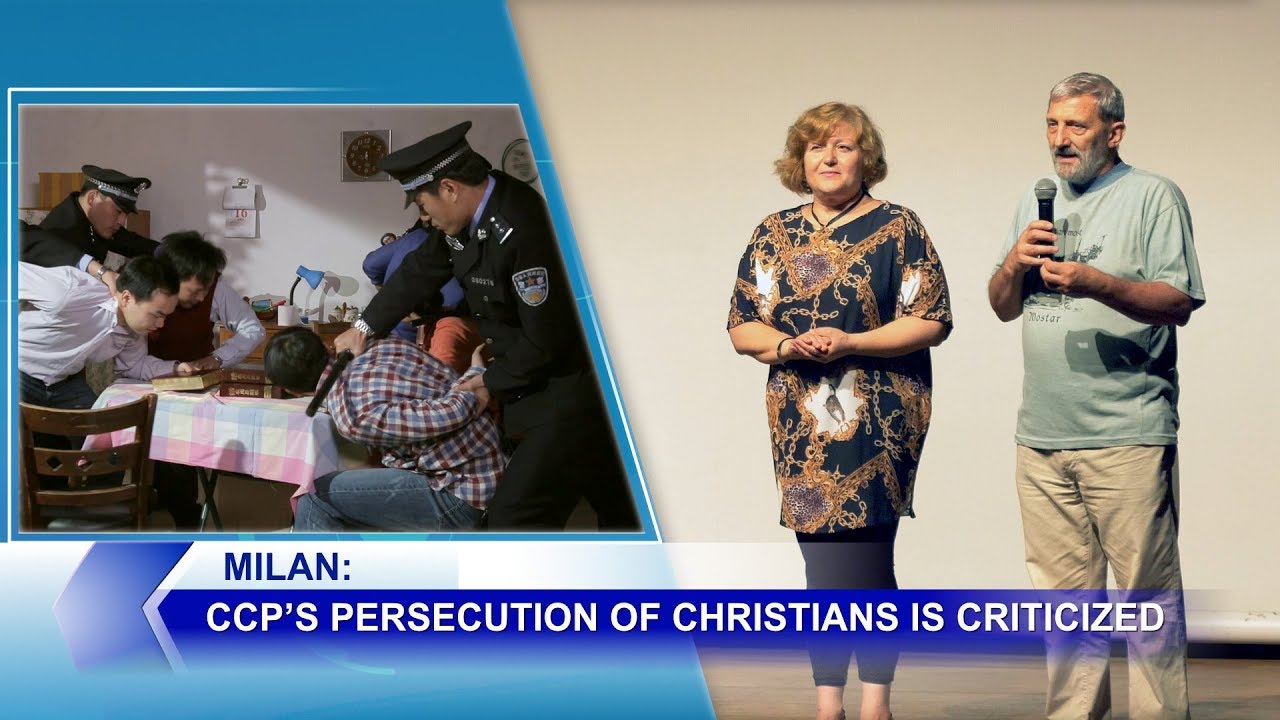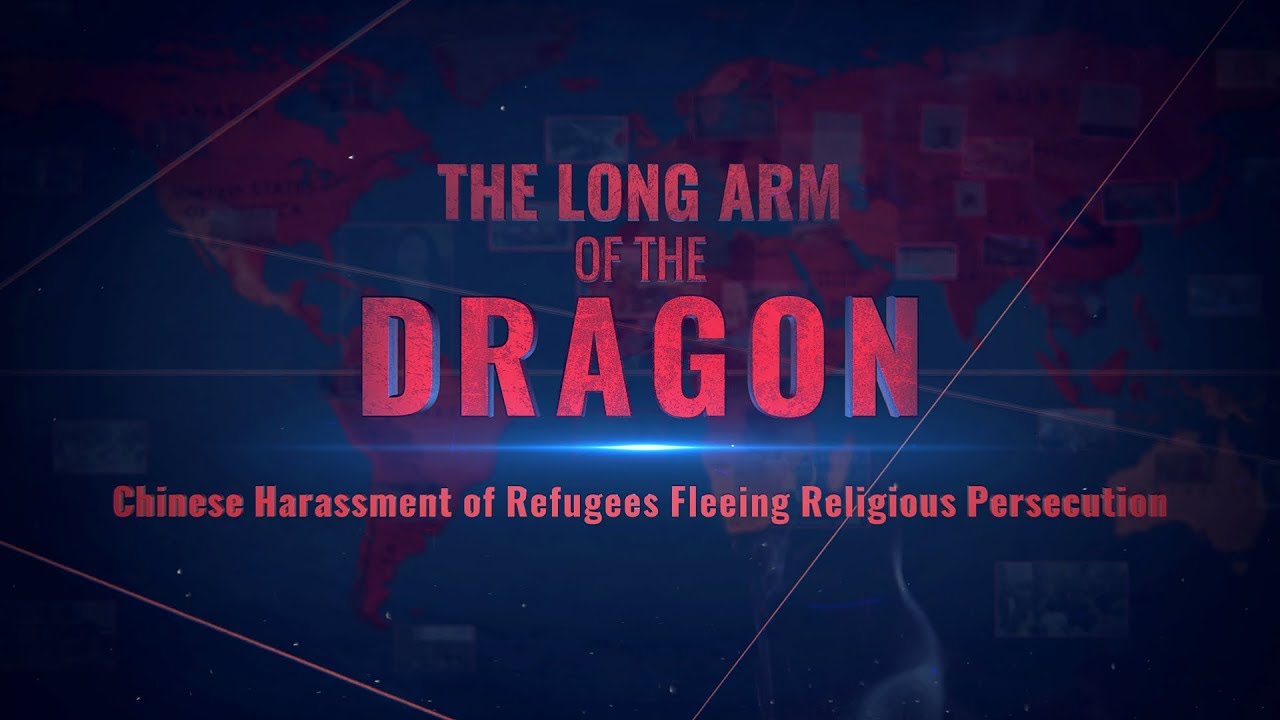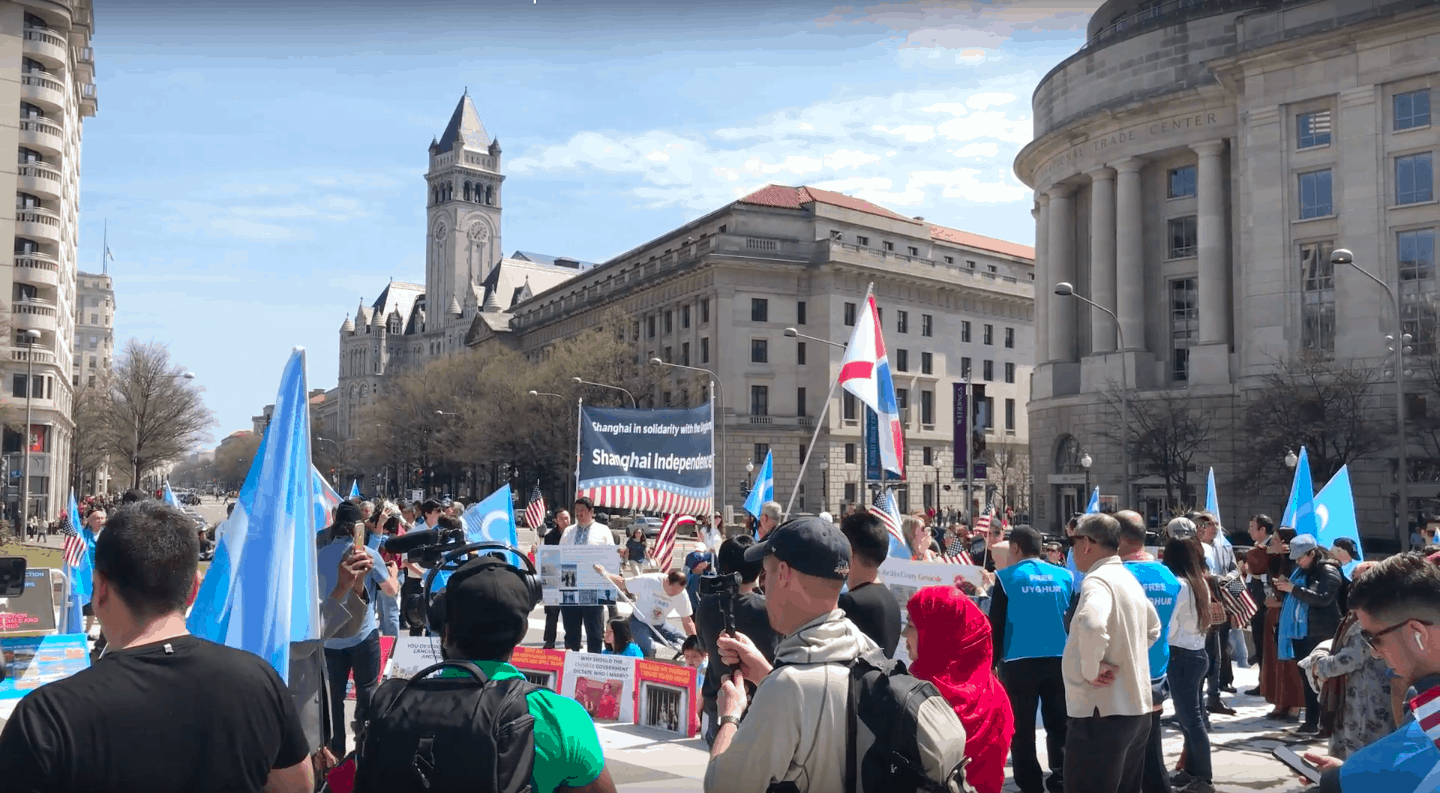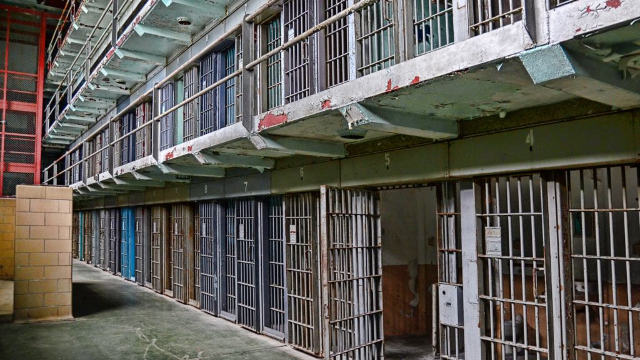Reminiscent of the Cultural Revolution, the CCP’s drive to eliminate Buddhism sweeps across the country. Even icons in state-sanctioned temples are not spared.
Statues in registered temples demolished
On December 6 last year, the Yongcheng city government in the central province of Henan ordered to destroy 500 outdoor Arhat statues in Chongfa Temple to give way for a park and a stadium. According to a local Buddhist, the temple, popular with tourists and worshipers, was built over 30 years ago after the local government approved it.

In early November, an outdoor Guanyin statue in a temple in Yongcheng’s Shuangqiao town was removed because officials claimed it was “too high.”

Baiyun Temple in Yongsheng county, administered by Lijiang city in the southwestern province of Yunnan, was built after receiving the required land use and religious activity venue registration certificates.

Regardless, in July, the county’s Ethnic and Religious Affairs Bureau hired people to demolish over 90 statues and some of the temple’s buildings with more than 70 rooms, claiming that they were illegal. The words “Baiyun Temple” on the signboard have been changed into “Baiyun Mountain Park.” The demolitions resulted in losses of about $ 1.43 million.


Tianmen Temple in Mile, a city in Yunnan’s Honghe Hani and Yi Autonomous Prefecture, was shut down after its six outdoor statues were demolished on June 8.

In November 2018, the local government destroyed a nearly 13-meter-tall statue of Guanyin outside Longwang Temple in Nanchong, a prefecture-level city in the southwestern province of Sichuan. One of the eyewitnesses told Bitter Winter that while the Guanyin was being demolished, residents were cursing the Communist Party, saying that it “will receive retribution for forcibly destroying Buddhist statues.”
Guanyin turned into a tree, Arhats into large stones
Instead of demolishing some Buddhist icons, authorities sometimes cover them to keep them away from people’s eyes.
In May, the government of Changtai county in Zhangzhou, a prefecture-level city in the southeastern province of Fujian, demanded the person in charge of the Tianzhushan Scenic Area to cover up its three outdoor Buddhist statues: the reclining Buddha, Maitreya, and four-faced Guanyin. They said that “building Buddhist statues in scenic areas means the commercialization of Buddhism.”
A staff member in the scenic area revealed to Bitter Winter that all these statues had been built with donations from individuals. When officials from the province’s Ethnic and Religious Affairs Bureau came to inspect the three concealed icons, they pointed out that the four-faced Guanyin statue was not sufficiently hidden. The in-charge was pressured into hiring workers to turn the Guanyin statue into a tree, which cost him tens of thousands of yuan.

“The officials were terrifying, overbearing, making demands from the moment they arrived. They imposed punishment on trumped-up charges,” a staff member said helplessly.

In April, on Arhat Island of the famous Qixingyan Scenic Spot in Zhaoqing city in the southern province of Guangdong, nearly 600 Arhat statues were covered with cement, making them look like stones.

Source:Bitter Winter/Xin Lu



